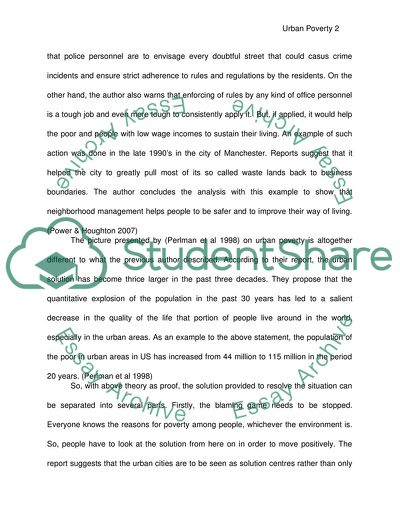Cite this document
(“Urban poverty Essay Example | Topics and Well Written Essays - 1250 words”, n.d.)
Retrieved from https://studentshare.org/miscellaneous/1560870-urban-poverty
Retrieved from https://studentshare.org/miscellaneous/1560870-urban-poverty
(Urban Poverty Essay Example | Topics and Well Written Essays - 1250 Words)
https://studentshare.org/miscellaneous/1560870-urban-poverty.
https://studentshare.org/miscellaneous/1560870-urban-poverty.
“Urban Poverty Essay Example | Topics and Well Written Essays - 1250 Words”, n.d. https://studentshare.org/miscellaneous/1560870-urban-poverty.


